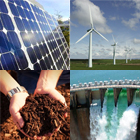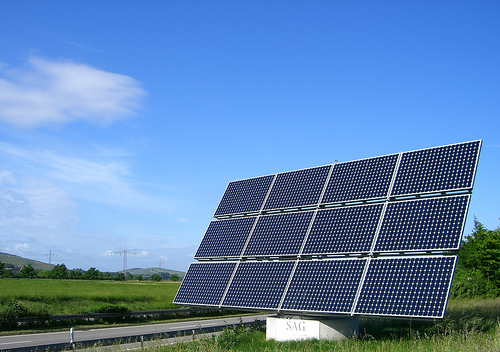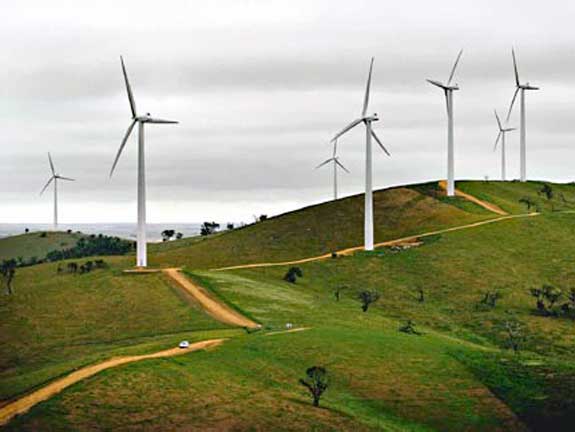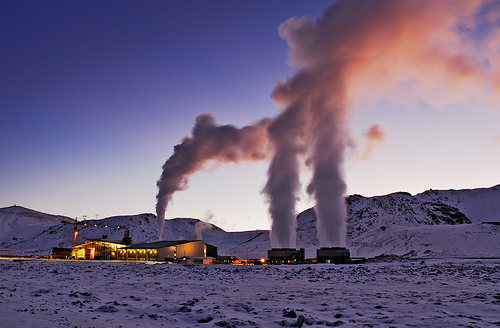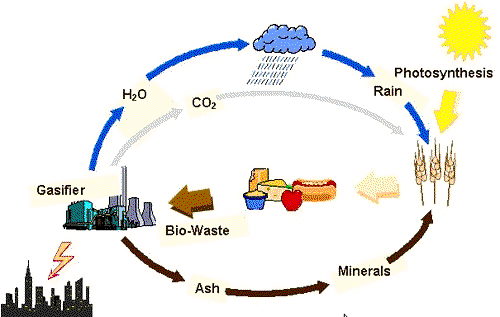Renewable Energy
Renewable energy sources are either in infinite supply (such as light from the sun) or naturally replenished by nature (such as biomass). The use of these sources to provide the energy we need is increasingly popular and as a result the progress made in harnessing them has been phenomenal: in 2008, renewable sources of energy represented 19% of the global final energy generation. Visit here for more information. Furthermore, with the increasing concern around the issue of global warming, the sector is seeing a real drive as countries urgently try to reduce their greenhouse gas emissions.
Why Would we Want to Exploit Renewable Energy?
Most of the world’s energy production still comes from the exploitation of fossil fuels. However, these are in limited supply and as the reserves dwindle their price increases thus making energy generation more costly, and the extra cost is most of the time transferred to the final customer, namely you and me. Furthermore these sources release large quantities of greenhouse gases in the atmosphere, thus contributing to the global warming in a significant manner. Finally, these limited resources will one day be exhausted, thus we need to find an alternative way to generate the energy we need before that day.
Renewable sources of energy seem to be the ideal solution to the problem as they rely on ‘fuels’ that are in infinite supply, and in most cases free (with the exception of biomass). They also release very few greenhouse gases in the atmosphere, or even in some cases none at all. Furthermore, some of these sources can be exploited at the household level by the consumer himself: for example one can install solar panels to generate electricity from the sunlight received, or a heat pump to extract geothermal energy.
What Are the Drawbacks of Renewable Energy?
One major drawback of most renewable sources of energy is that we cannot rely on them to provide the energy needed when it’s needed.
For example we can’t know one week ahead whether we’ll have a lot of wind on such and such a day or a lot of sunshine.
Thus the energy generated is not constant, as opposed to traditional thermal plants or nuclear plants and it makes them harder to integrate at the national level.
However, it is important to note that this problem does not affect hydropower, biomass exploitation or geothermal energy.
What Are the Main Available Renewable Energies?
Today, the main renewable sources of energy are:
Solar | Wind | Geothermal | Hydropower | Biomass
The Earth receives huge amounts of energy form the Sun in the form of radiations. It was calculated in 2002 that more energy was received from the Sun in one hour than the entire world consumes in a whole year. This energy can be harvested in two main ways. Electricity can be generated from the sunlight using Photovoltaic cells or the heat generated by the sunlight can be used to power Solar Thermal Energy systems
Wind was one of the earliest sources of power to be exploited by Man. We relied on it to navigate the seas, used it to power mills... Today, wind turbines harness it to generate electricity.
The Earth’s core produces heat naturally. This heat radiates outwardly continuously and some of the regions of the crust of the Earth are continuously heated up as a result. This geothermal energy can be harvested to generate electricity or for other purposes. It’s all explained here.
It is possible to extract energy from moving water. This was first done hundreds of years ago, for example with windmills. Hydroelectrical stations have been devised which can generate huge amounts of electricity. They are so far the main source of clean energy in the world. One can also extract the thermal energy present in the oceans of the world, this is what is attempted in Ocean Thermal Energy Conversion systems.
Using carbonaceous fuel is also a great way to generate electricity without releasing overall large amounts of greenhouse gases in the atmosphere. This is called biomass exploitation, and you can learn more about it here.

